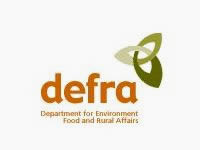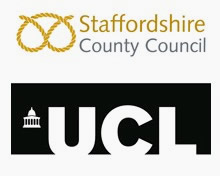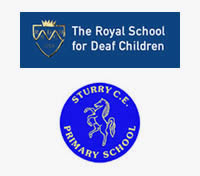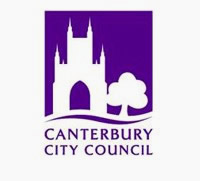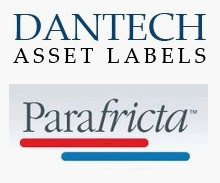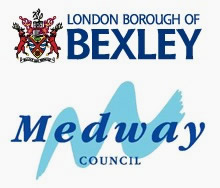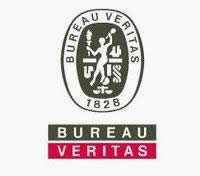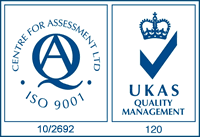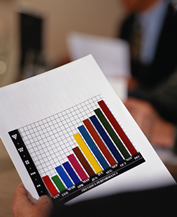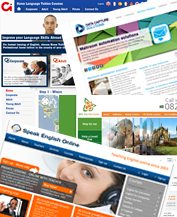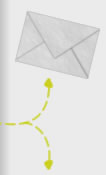Research into the impact of CAPTCHA on form conversions.
30/08/2009
Contact form layout and operation have a profound impact on the conversion rate of a website. Cornish WebServices have analysed this and optimised many contact forms to gain the best conversion rates. Research on websites in the loans and software markets in 2007 showed a negative impact on conversion rate when using a visual captcha device to check for human input. The reduction in conversion rate was minimised by using a question or check box that more closely matched the rest of the form.
The most complete study we know of the impact of Captcha on web form conversion was done over six months in early 2009 on over 50 different websites. The experiment used Captcha on half the websites for the first three months and then on the other half for the following three months. From this was recorded number successful forms, spam forms (by looking at the content) and unsuccessful forms (from failed captcha submissions).
With No Captcha the data was 2225 forms submitted:
- 95.9% filled in
- 4.15% spam entries
With Captcha on the form, the data was 2326 forms submitted:
- 92.7% filled in
- 0.47% spam entries
- 6.8% unsuccessful submissions
This shows a very successful drop in spam entry rate, with about 90% of spam stopped.
But it also shows a 3.2% drop in conversion rate and this could be a 3% drop in leads or enquiries.
So when deciding on whether to add ReCaptcha or a similar device to your contact form you need to consider the impact and how costly the spam is to deal with. But as a rough guide, assuming a 90% reduction in spam and 3% reduction in genuine contacts is a good starting point.
This research is based on client data from Cornish WebServices (2005-2008) and from published data by Casey Henry (July 2009)



